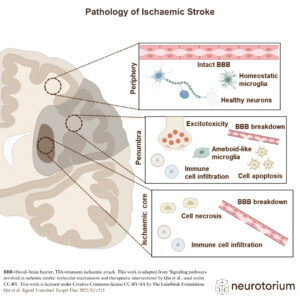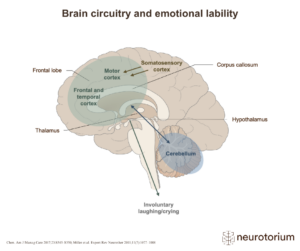Index for
slide deck
Title
-1024x576.jpg)
History, definitions and diagnosis
Parkinson’s disease is a chronic, progressive, neurodegenerative condition, mainly affecting the elderly.[Lees et al., 2009]
Reference:
Lees AJ, Hardy J, Revesz T. Parkinson’s disease. Lancet 2009; 373 (9680): 2055–2066.
The history of Parkinson’s disease
-1024x576.jpg)
The history of Parkinson’s disease
-1024x576.jpg)
The ‘shaking palsy’
!--?xml version="1.0" encoding="UTF-8" standalone="yes"?-- The condition that we now know as Parkinson’s disease (PD) was first described systematically in 1817 by the London surgeon and apothecary James Parkinson.[Lees et al., 2009; Pfeiffer et al., 2013]
In his histori…
-1024x576.jpg)
Parkinson’s disease
!--?xml version="1.0" encoding="UTF-8" standalone="yes"?-- In 1872, Jean-Martin Charcot identified general slowness of movement (‘bradykinesia’) as a prominent feature of paralysis agitans.[Goetz, 2011] Bradykinesia is now known as one of the characteristic, or ‘cardinal’…
-1024x576.jpg)
The dopamine deficiency hypothesis
!--?xml version="1.0" encoding="UTF-8" standalone="yes"?-- In 1960, scientists showed that brains of PD patients had very low levels of the neurotransmitter dopamine, particularly in the region known as the striatum (comprised of the putamen and the caudate nucleus).[LeWi…
-1024x576.jpg)
Lewy bodies
!--?xml version="1.0" encoding="UTF-8" standalone="yes"?-- Lewy bodies are mostly comprised of abnormal, misfolded protein, and are found in the nerve cells of most patients with PD.[Lees et al., 2009; Ropper et al., 2014] They were first discovered by Fritz Heinrich Lewy…
-1024x576.jpg)
α-synuclein
!--?xml version="1.0" encoding="UTF-8" standalone="yes"?-- Since its discovery in the 1990s, the dysfunction of the protein α-synuclein has emerged as a major factor in the development of PD.[Burré, 2015]
The precise function of α-synuclein has been difficult to determine…
The cardinal symptoms of Parkinson’s disease
-1024x576.jpg)
The cardinal symptoms of Parkinson’s disease
-1024x576.jpg)
Parkinsonism
!--?xml version="1.0" encoding="UTF-8" standalone="yes"?-- ‘Parkinsonism’ is a collection of four clinical features that are typically, although not exclusively, observed in PD.[Massano & Bhatia, 2012] The features may also be present in patients with other neurological d…
-1024x576.jpg)
Motor symptoms – bradykinesia
Bradykinesia refers to a slowness of movement.[Pfeiffer et al., 2013] Patients with PD often report feeling clumsy or slow, and this may be misinterpreted by family members as a ‘normal’ part of ageing.[Williams & Litvan, 2013] Bradykinesia can manifest in different ways,…
-1024x576.jpg)
Motor symptoms – muscular rigidity
!--?xml version="1.0" encoding="UTF-8" standalone="yes"?-- The muscular rigidity or stiffness associated with parkinsonism – sometimes called ‘extrapyramidal rigidity’ – is a key feature of the syndrome.[Massano & Bhatia, 2012; Williams & Litvan, 2013]
During the earlier …
-1024x576.jpg)
Motor symptoms – resting tremor
!--?xml version="1.0" encoding="UTF-8" standalone="yes"?-- Tremors are a common and highly-visible symptom of PD, typically present when the patient is fully at rest.[DeMaagd & Philip, 2015] The shaking action tends to be a rhythmic, medium-frequency oscillation.[Massano …
-1024x576.jpg)
Motor symptoms – postural instability
During the progression of PD, the postural reflexes become increasingly impaired as the brain struggles to integrate sensory information about the relative position of various body parts.[Rinalduzzi et al., 2015] Since this integration is necessary to maintain balance dur…
-1024x576.jpg)
Motor symptoms – gait impairment
!--?xml version="1.0" encoding="UTF-8" standalone="yes"?-- Postural instability and gait impairments are universally features of advanced PD.[Massano & Bhatia, 2012; Williams & Litvan, 2013] Examination of gait in patients with PD involves asking the patient to stand, una…
-1024x576.jpg)
The non-motor symptom complex of Parkinson’s disease
!--?xml version="1.0" encoding="UTF-8" standalone="yes"?-- PD has traditionally been regarded as a motor disorder.[Massano & Bhatia, 2012] However, physicians are increasingly realising the need to recognise non-motor symptoms, both for diagnostic and management purposes,…
-1024x576.jpg)
Clinical symptoms and time course of Parkinson’s disease progression
!--?xml version="1.0" encoding="UTF-8" standalone="yes"?-- The development of PD is generally slow and progressive.[Kalia & Lang, 2015] While diagnosis tends to occur with the onset of motor symptoms, this can be preceded by a long prodromal phase of 15 years or more.[Gol…


-1024x576.jpg)
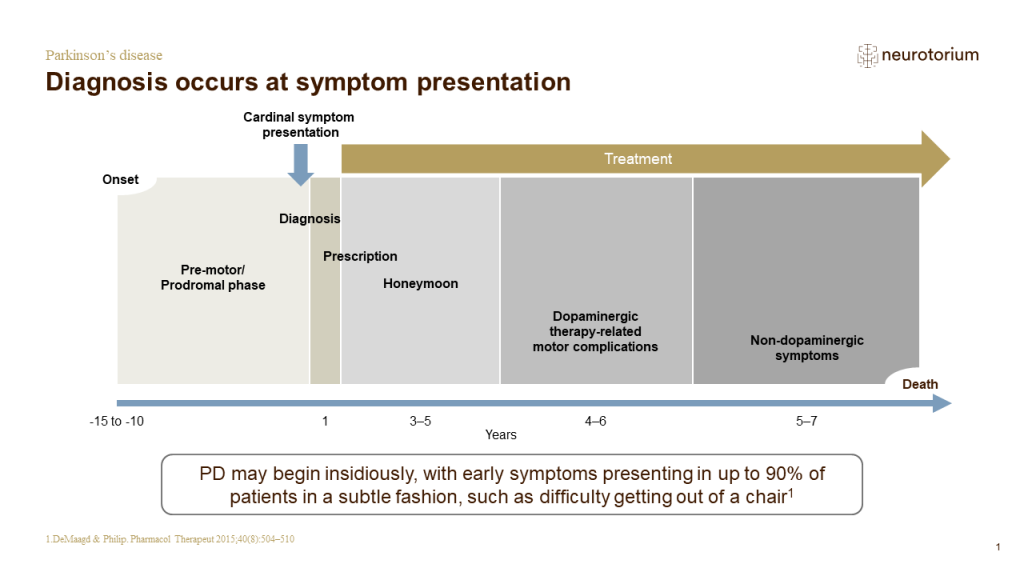
-1024x576.jpg)
-1024x576.jpg)
-1024x576.jpg)
-1024x576.jpg)
-1024x576.jpg)
-1024x576.jpg)
-1024x576.jpg)
-1024x576.jpg)
-1024x576.jpg)
-1024x576.jpg)
-1024x576.jpg)
-1024x576.jpg)
-1024x576.jpg)
-1024x576.jpg)
-1024x576.jpg)
-1024x576.jpg)
-1024x576.jpg)
-1024x576.jpg)
-1024x576.jpg)
-1024x576.jpg)
-1024x576.jpg)
-1024x576.jpg)
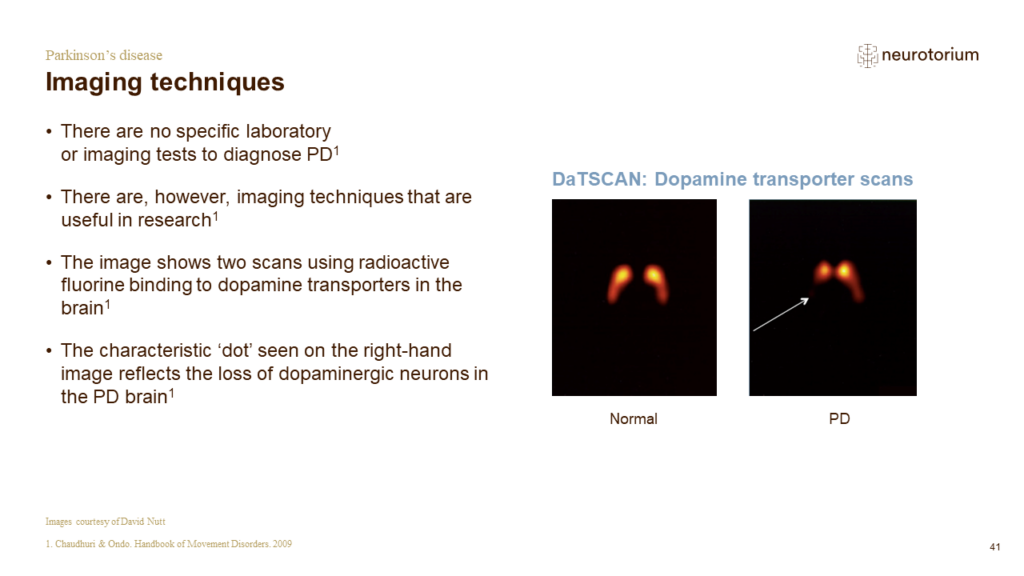
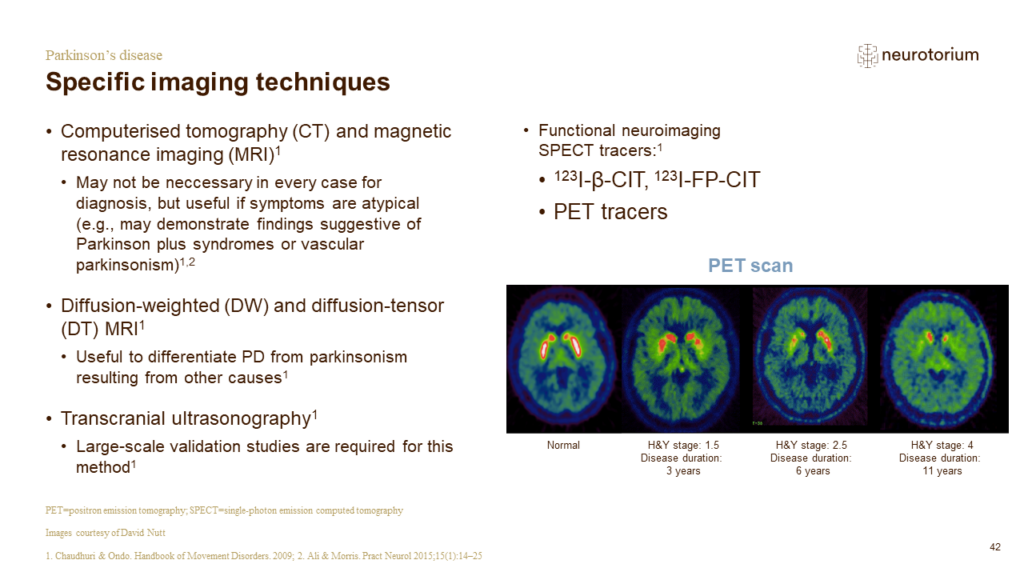
-1024x576.jpg)
-1024x576.jpg)
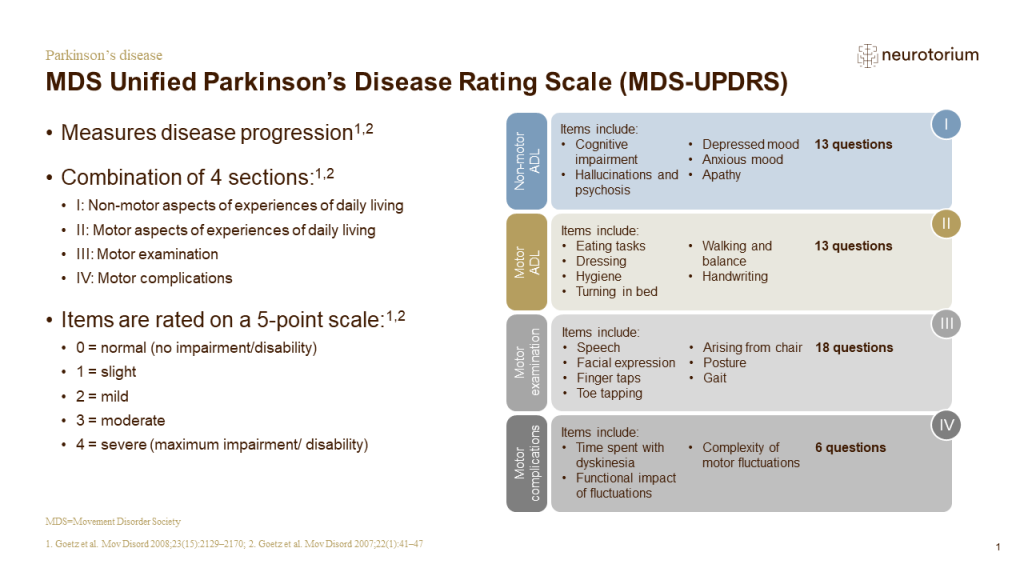
-1024x576.jpg)
-1024x576.jpg)
-1024x576.jpg)
-1024x576.jpg)
-1024x576.jpg)
-1024x576.jpg)
-1024x576.jpg)
-1024x576.jpg)
